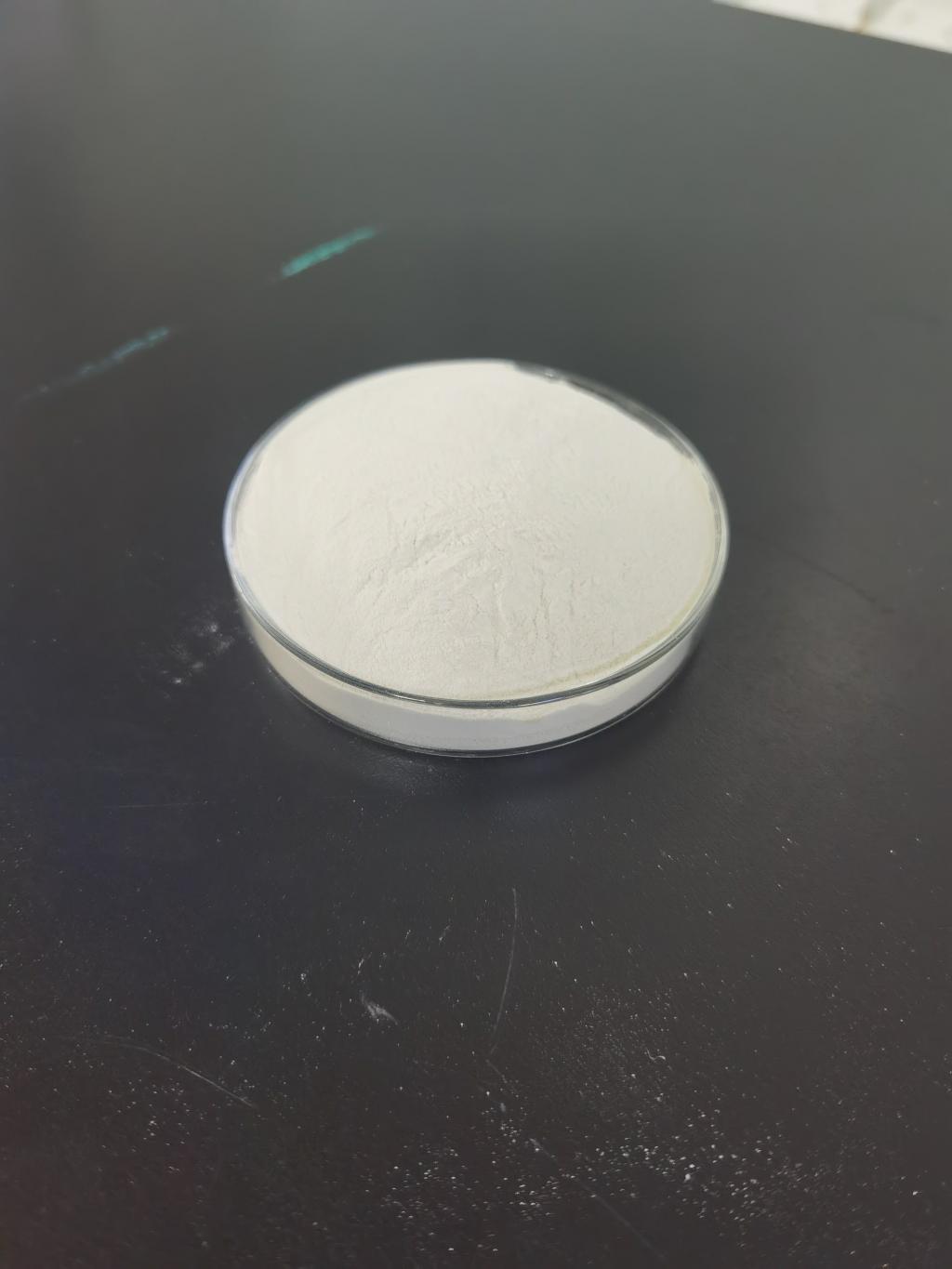Tel:0086 18231198596

News
Current Position:
Home >
News
>Evaluating the sensory attributes of food products preserved with Nisin.
Evaluating the sensory attributes of food products preserved with Nisin.
TIME:2024-04-25
Taste Evaluation:
Taste is one of the most critical sensory attributes influencing consumer acceptance of food products. Studies evaluating the taste of food products preserved with Nisin have shown varying results depending on factors such as food matrix, Nisin concentration, and storage conditions. In dairy products like cheese and yogurt, Nisin has been found to have minimal impact on taste, with no noticeable difference compared to products without Nisin. However, in some cases, consumers may detect a slight bitterness or metallic taste at higher concentrations of Nisin. Overall, taste evaluation of Nisin-preserved food products should consider individual preferences and product formulation to ensure optimal sensory experience.
Texture Evaluation:
Texture plays a significant role in determining the overall eating experience of food products. Studies investigating the texture of Nisin-preserved food products have generally shown no significant differences compared to products without Nisin. In dairy products, Nisin has been found to have no adverse effects on texture, maintaining the desired consistency and mouthfeel. Similarly, in bakery products like bread and pastries, Nisin has been shown to preserve texture and prevent spoilage without affecting product quality. However, texture evaluation may vary depending on the specific application and formulation of Nisin in food products.
Aroma Evaluation:
Aroma contributes significantly to the perceived flavor and overall enjoyment of food products. Studies examining the aroma of Nisin-preserved food products have reported mixed findings. While some studies have found no significant differences in aroma between products with and without Nisin, others have reported slight changes in aroma profiles, particularly at higher concentrations of Nisin. In some cases, consumers may detect a subtle, slightly tangy aroma in Nisin-preserved products. However, overall acceptability of aroma is often subjective and influenced by individual preferences.
Overall Acceptability:
Overall acceptability is a comprehensive measure of consumer satisfaction with food products. Studies assessing the overall acceptability of Nisin-preserved food products have generally shown positive results. Consumers perceive Nisin-preserved products to be safe, natural, and of high quality, leading to high levels of acceptance and purchase intent. Factors such as familiarity with Nisin, product labeling, and sensory education may influence consumer perceptions and preferences. Overall, Nisin-preserved food products can meet consumer demand for clean-label, minimally processed foods while ensuring safety and quality.
Conclusion:
In conclusion, evaluating the sensory attributes of food products preserved with Nisin is essential for ensuring consumer acceptance and satisfaction. While Nisin has been shown to have minimal impact on taste, texture, and aroma in many food applications, sensory evaluation should consider factors such as concentration, formulation, and storage conditions. Overall, Nisin-preserved food products offer a natural, effective alternative to synthetic chemical preservatives, meeting consumer demand for clean-label, minimally processed foods without compromising sensory quality. Future research may focus on optimizing Nisin formulations and processing techniques to further enhance sensory attributes and consumer acceptance.

 CONTACT
CONTACT




